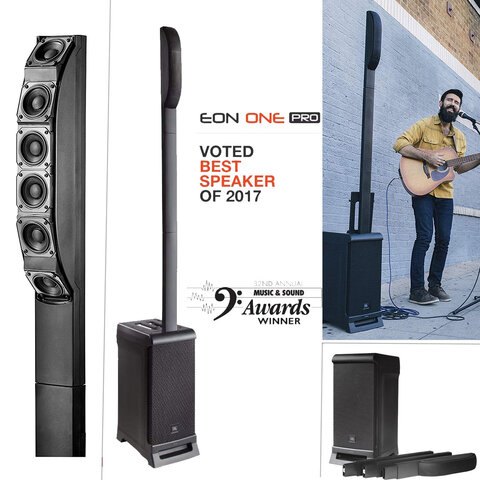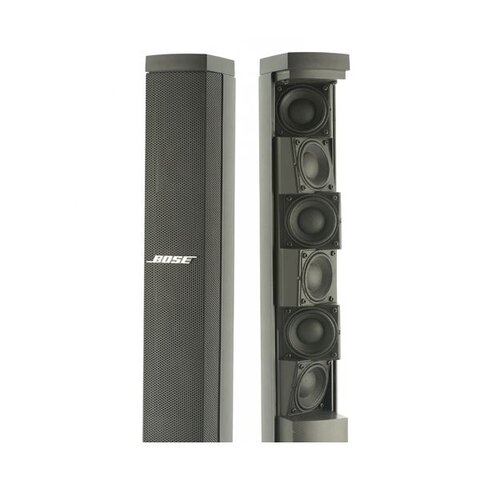Thank you Ben & Joe - You've got me looking in that direction. I've always liked JBL's stuff.
A lot of my DJ friends love their QSC systems. They do pretty well.
I think the best system I've ever heard is the Bose L1 Model 2. The utopia for me is its ability to deliver low-volume sound equally throughout the room. My guess is that it creates a lower SPL overall, with longer range, and which can be bolstered via additional subs. Probably overpriced, but then again I'm typing on an Apple! *Ahem* But the subs, employing a crossover, is what I feel in my chest that enhances the audio experience without killing my ears. Pragmatically, it makes more sense to me to have an array with speakers pointed across the horizontal perspective (Bose) that vertical (JBL EON1). I don't understand why I would want a speaker pointed at the ceiling and another at the floor. I'd bet money it's a patent issue.
A lot of my DJ friends love their QSC systems. They do pretty well.
I think the best system I've ever heard is the Bose L1 Model 2. The utopia for me is its ability to deliver low-volume sound equally throughout the room. My guess is that it creates a lower SPL overall, with longer range, and which can be bolstered via additional subs. Probably overpriced, but then again I'm typing on an Apple! *Ahem* But the subs, employing a crossover, is what I feel in my chest that enhances the audio experience without killing my ears. Pragmatically, it makes more sense to me to have an array with speakers pointed across the horizontal perspective (Bose) that vertical (JBL EON1). I don't understand why I would want a speaker pointed at the ceiling and another at the floor. I'd bet money it's a patent issue.




